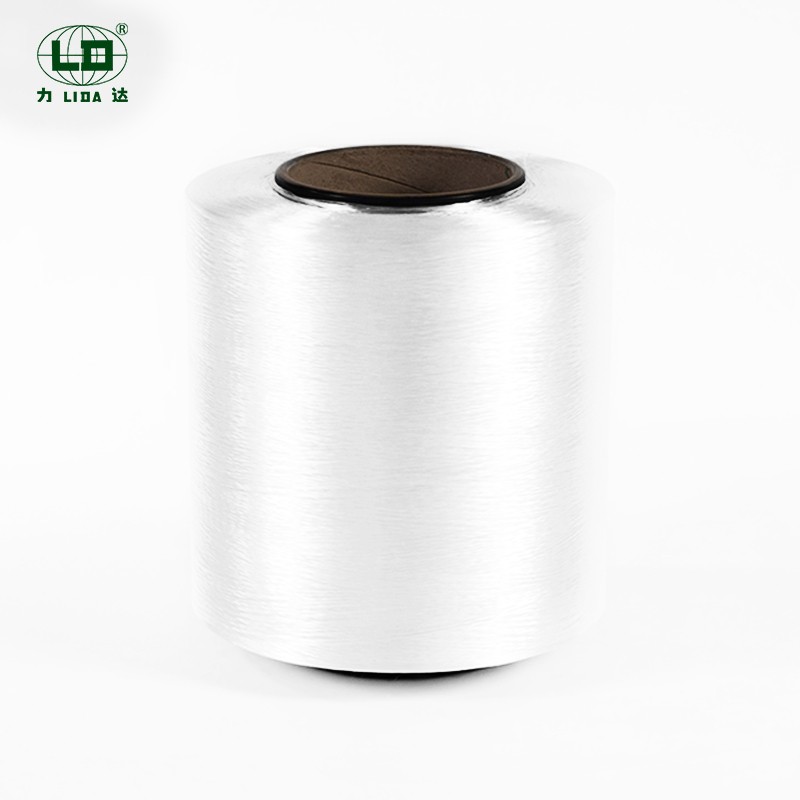

The main difference of high tenacity optical white Nylon 66 filament yarn lies in the synergistic optimization of its molecular chain axial orientation strengthening mechanism and optical properties. This material achieves chain extension of ultra-high molecular weight nylon 66 through shear field control during solid phase polycondensation, and the regular arrangement of its crystalline regions significantly improves the elastic modulus of the fiber. Compared with conventional nylon materials, its molecular chain entanglement density is reduced by about 20%, giving the material a higher energy dissipation capacity.

The realization of the optical white property of high tenacity optical white Nylon 66 filament yarn depends on the nano-scale dispersion system of benzotriazole ultraviolet absorber and titanium dioxide. The composite system forms a gradient refractive structure during the spinning cooling stage, which effectively inhibits the yellowing phenomenon caused by light scattering. The color development mechanism of ordinary nylon depends on the surface coating, while the bulk coloring technology of this type of material enables the color stability to break through the thermal decomposition temperature limit of the material. The improvement of the hydrolysis resistance of high tenacity optical white Nylon 66 filament yarn comes from the molecular design of the end-capping agent, which forms a steric hindrance effect with the amide group of the nylon 66 main chain, blocking the hydrolysis attack path of water molecules on the polymer chain.
In terms of thermodynamic behavior, the glass transition temperature of high tenacity optical white Nylon 66 filament yarn is offset compared with traditional products, and its dynamic mechanical loss factor maintains a low value in a wide temperature range. This characteristic is derived from the reconstruction of the hydrogen bond network between molecular chains, and the intermolecular force distribution is optimized by introducing fluorinated copolymer units.